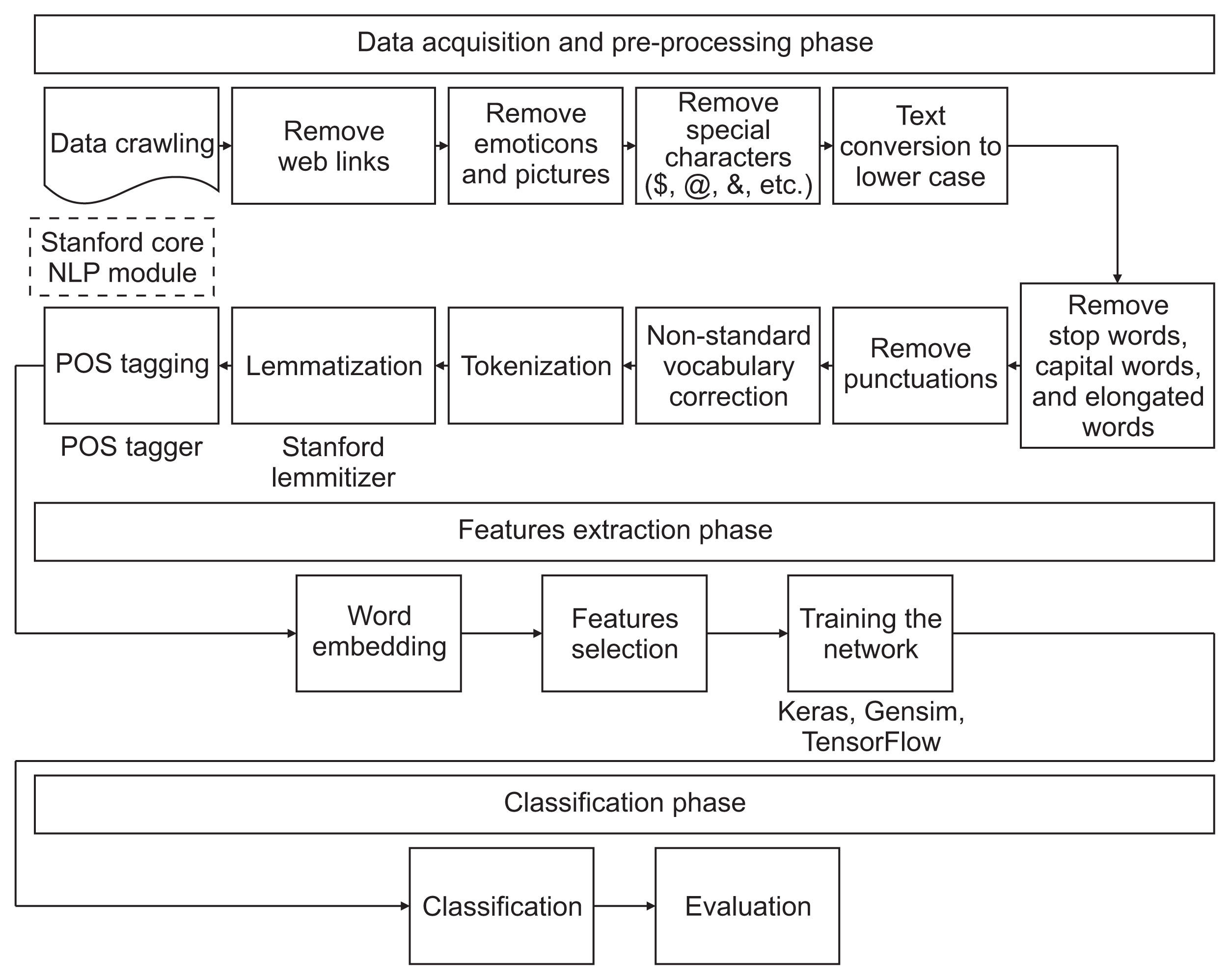1. Cruz TB, McConnell R, Low BW, Unger JB, Pentz MA, Urman R, et al. Tobacco marketing and subsequent use of cigarettes, e-cigarettes, and hookah in adolescents. Nicotine Tob Res. 2019; 21(7):926–32.

2. Graham AL, Zhao K, Papandonatos GD, Erar B, Wang X, Amato MS, et al. A prospective examination of online social network dynamics and smoking cessation. PLoS One. 2017; 12(8):e0183655.

3. Tucker JS, Stucky BD, Edelen MO, Shadel WG, Klein DJ. Healthcare provider counseling to quit smoking and patient desire to quit: the role of negative smoking outcome expectancies. Addict Behav. 2018; 85:8–13.

4. Wang X, Zhao K, Street N. Analyzing and predicting user participations in online health communities: a social support perspective. J Med Internet Res. 2017; 19(4):e130.

5. Graham AL, Amato MS. Twelve million smokers look online for smoking cessation help annually: health information national trends survey data, 2005–2017. Nicotine Tob Res. 2019; 21(2):249–52.

6. Selby P, van Mierlo T, Voci SC, Parent D, Cunningham JA. Online social and professional support for smokers trying to quit: an exploration of first time posts from 2562 members. J Med Internet Res. 2010; 12(3):e34.

7. Pearson JL, Amato MS, Papandonatos GD, Zhao K, Erar B, Wang X, et al. Exposure to positive peer sentiment about nicotine replacement therapy in an online smoking cessation community is associated with NRT use. Addict Behav. 2018; 87:39–45.

8. Wang X, Zhao K, Cha S, Amato MS, Cohn AM, Pearson JLP, et al. Mining user-generated content in an online smoking cessation community to identify smoking status: a machine learning approach. Decis Support Syst. 2019; 116:26–34.

9. Cobb NK, Mays D, Graham AL. Sentiment analysis to determine the impact of online messages on smokers’ choices to use varenicline. J Natl Cancer Inst Monogr. 2013; 2013(47):224–30.

10. Cohn AM, Zhao K, Cha S, Wang X, Amato MS, Pearson JL, et al. A descriptive study of the prevalence and typology of alcohol-related posts in an online social network for smoking cessation. J Stud Alcohol Drugs. 2017; 78(5):665–73.

11. Rose SW, Jo CL, Binns S, Buenger M, Emery S, Ribisl KM. Perceptions of menthol cigarettes among twitter users: content and sentiment analysis. J Med Internet Res. 2017; 19(2):e56.

12. Nguyen T, Borland R, Yearwood J, Yong HH, Venkatesh S, Phung D. Discriminative cues for different stages of smoking cessation in online community. Cellary W, Mokbel M, Wang J, Wang H, Zhou R, Zhang Y, editors. Web Information Systems Engineering – WISE. 2016. Cham, Switzerland: Springer;2016. p. 146–53.

13. Wang W, Yang X, Yang C, Guo X, Zhang X, Wu C. Dependency-based long short term memory network for drug-drug interaction extraction. BMC Bioinformatics. 2017; 18(Suppl 16):578.

14. Sahu SK, Anand A. Drug-drug interaction extraction from biomedical texts using long short-term memory network. J Biomed Inform. 2018; 86:15–24.

15. Tamersoy A, De Choudhury M, Chau DH. Characterizing smoking and drinking abstinence from social media. HT ACM Conf Hypertext Soc Media. 2015; 2015:139–48.

16. Wellman RJ, O’Loughlin EK, Dugas EN, Montreuil A, Dutczak H, O’Loughlin J. Reasons for quitting smoking in young adult cigarette smokers. Addict Behav. 2018; 77:28–33.

17. Zhao K, Wang X, Cha S, Cohn AM, Papandonatos GD, Amato MS, et al. A multirelational social network analysis of an online health community for smoking cessation. J Med Internet Res. 2016; 18(8):e233.

18. Bojanowski P, Grave E, Joulin A, Mikolov T. Enriching word vectors with subword information. Trans Assoc Comput Linguist. 2017; 5:135–46.

19. Mikolov T, Sutskever I, Chen K, Corrado G, Dean J. Distributed representations of words and phrases and their compositionality. Adv Neural Inf Process Syst. 2013; 26:3111–9.
20. Ma Y, Xiang Z, Du Q, Fan W. Effects of user-provided photos on hotel review helpfulness: an analytical approach with deep leaning. Int J Hosp Manag. 2018; 71:120–31.

21. GravesA. Generating sequences with recurrent neural networks [Internet]. Ithaca (NY): arxiv.org;2013. [cited at 2021 Apr 5]. Available from:
https://arxiv.org/abs/1308.0850
.
22. Srivastava N, Hinton G, Krizhevsky A, Sutskever I, Salakhutdinov R. Dropout: a simple way to prevent neural networks from overfitting. J Mach Learn Res. 2014; 15(1):1929–58.
23. Kingma DP, Ba J. Adam: a method for stochastic optimization. In : Proceedings of the 3rd International Conference on Learing Representations (ICLR); 2015 May 7–9; San Diego, CA.
24. Goodfellow I, Bengio Y, Courville A, Bengio Y. Deep learning. Cambridge (MA): MIT Press;2016.
25. Caropreso MF, Stan Matwin s, Sebastiani F. A learner-independent evaluation of the usefulness of statistical phrases for automated text categorization. Chin AG, editor. Text databases and document management: theory and practice. Hershey (PA): IGI Global;2001. p. 78–102.
27. Zhang M, Yang CC. Classifying user intention and social support types in online healthcare discussions. In : Proceedings of 2014 IEEE International Conference on Healthcare Informatics; 2014 Sep 14–17; Verona, Italy. p. 51–60.

28. Myslin M, Zhu SH, Chapman W, Conway M. Using twitter to examine smoking behavior and perceptions of emerging tobacco products. J Med Internet Res. 2013; 15(8):e174.

29. Hughes JR, Oliveto AH, Riggs R, Kenny M, Liguori A, Pillitteri JL, et al. Concordance of different measures of nicotine dependence: two pilot studies. Addict Behav. 2004; 29(8):1527–39.

30. Cole-Lewis H, Perotte A, Galica K, Dreyer L, Griffith C, Schwarz M, et al. Social network behavior and engagement within a smoking cessation Facebook page. J Med Internet Res. 2016; 18(8):e205.

31. Zhang S, Zhao L, Lu Y, Yang J. Do you get tired of socializing? An empirical explanation of discontinuous usage behaviour in social network services. Inf Manag. 2016; 53(7):904–14.





 PDF
PDF Citation
Citation Print
Print




 XML Download
XML Download